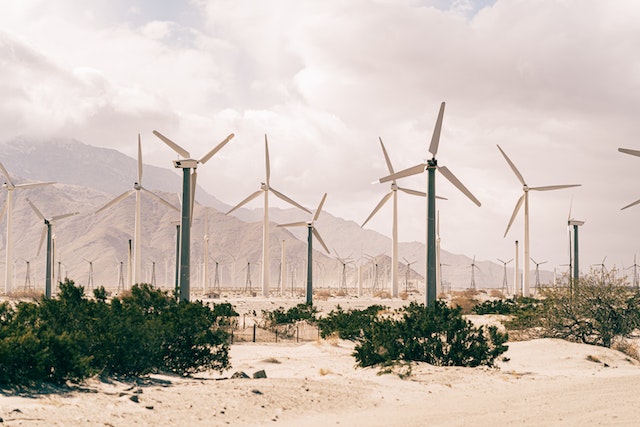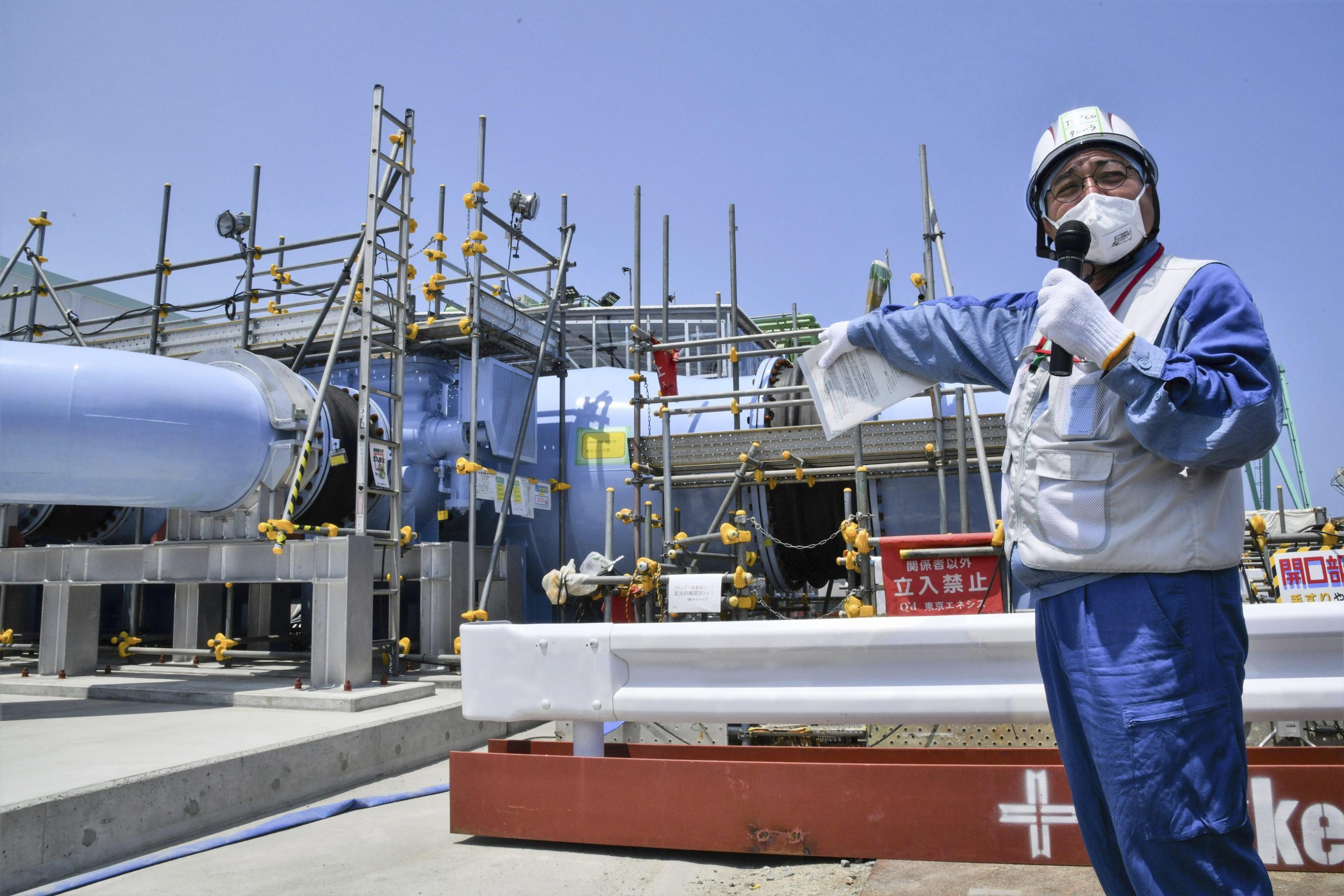China is at the forefront of adopting innovative technologies to enhance energy efficiency in building designs. These advancements play a pivotal role in achieving sustainability goals and reducing the environmental impact of the construction sector. Here are some innovative technologies making waves in Chinese building designs:
1. Building Integrated Photovoltaics (BIPV): BIPV systems integrate solar panels directly into building materials such as windows, roofs, or facades. This technology allows buildings to generate clean energy while simultaneously providing thermal insulation and natural lighting. BIPV systems are increasingly being incorporated into new building designs in China to harness solar energy efficiently.
2. Smart Building Automation Systems: Smart building automation systems use advanced sensors, meters, and controls to optimize energy consumption in real-time. These systems monitor and regulate lighting, heating, ventilation, air conditioning, and other building systems based on occupancy and environmental conditions. Through data analytics and machine learning, smart building automation systems continuously optimize energy usage, improving overall efficiency and comfort.
3. Energy-Efficient HVAC Systems: High-efficiency Heating, Ventilation, and Air Conditioning (HVAC) systems are critical in reducing energy consumption in buildings. In China, advanced HVAC technologies such as variable refrigerant flow (VRF) systems, energy recovery ventilators, and demand-controlled ventilation are widely adopted. These systems provide precise temperature and humidity control while minimizing energy waste.
4. Thermal Insulation Materials: Innovative insulation materials help minimize heat transfer between the interior and exterior of buildings, reducing the need for heating or cooling. Examples include aerogel insulation, vacuum insulation panels, and phase-change materials. These materials provide superior thermal performance, enabling buildings to maintain comfortable indoor temperatures while reducing energy usage.
5. Energy-Efficient Lighting: LED lighting has revolutionized energy-efficient lighting solutions. LEDs consume significantly less energy compared to traditional lighting systems while providing better illumination. Smart lighting controls that adjust lighting levels based on natural light, occupancy, and user preferences further enhance energy savings.
6. Building Energy Management Systems (BEMS): BEMS integrate various building systems and technologies to provide comprehensive energy management. These systems enable centralized monitoring and control of energy-consuming devices, allowing building managers to optimize energy usage, detect anomalies, and implement energy-saving measures effectively.
7. Green Roof and Vertical Greening: Green roof and vertical greening technologies incorporate vegetation into building designs, providing insulation, reducing heat island effects, and improving air quality. These living systems contribute to energy efficiency by reducing the need for artificial cooling, improving thermal comfort, and absorbing carbon dioxide.
8. High-Performance Windows: Energy-efficient windows with low-emissivity coatings, multiple glazing layers, and insulated frames minimize heat transfer and enhance thermal insulation. These windows optimize natural lighting while reducing heat gain or loss, thereby reducing reliance on artificial lighting and HVAC systems.
9. Advanced Building Energy Modeling: Building energy modeling uses computer simulations to assess and optimize the energy performance of buildings. By considering various factors such as orientation, materials, shading, and equipment, designers can evaluate different design options and select the most energy-efficient solutions.
10. Internet of Things (IoT) Integration: IoT technologies enable the connection and communication between various devices and systems within buildings. Through IoT integration, building management systems can gather data, perform analytics, and implement energy-saving strategies automatically. IoT-enabled sensors and controls can monitor energy usage, occupancy, and environmental conditions, leading to more efficient building operations.
These innovative technologies demonstrate China’s commitment to advancing energy efficiency in building designs. By integrating these technologies into construction practices, China can achieve substantial energy savings, reduce carbon emissions, and pave the way for a sustainable and greener built environment.










